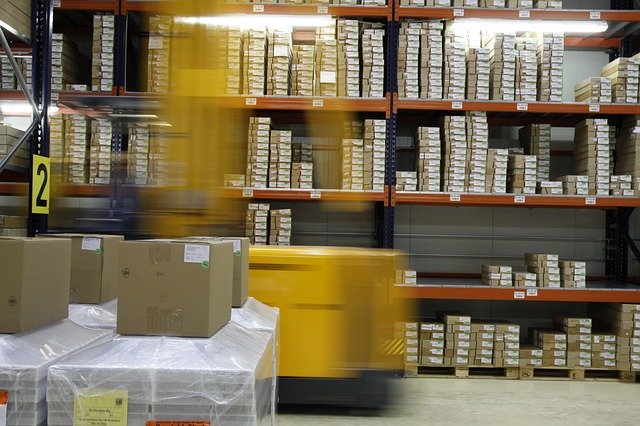A new year means new trends. The forklift industry embraces the future with a market growth forecast, artificial intelligence in warehouse facilities and a boost in electric equipment technology.
The industry has entered the new decade with promising figures. Having closed 2019 with a sales increase to over 35,000 units, this year seems to be keeping that favourable trend. The prediction of the British Industrial Truck Association (BITA) assures a modest rise in the sector for 2020. In fact, the latest forecast shows that such growth will be repeating successively over the next three years. The growth lies in a strengthening in the food and beverage, transport and storage and retail sectors mainly, regardless of Brexit uncertainty.
In terms of products, the year closed with an outstanding warehouse equipment bookings outcome. The first quarter saw a significant 14,3% year-on-year peak which remained around 0,7 % for the other three quarters. Given that figures, the trend goes up again to 2,2% for the present period along with the counterbalance demand that was the hardest beaten in 2019. All in all, the majority of predictions stay positive, however, we will have to wait for the Brexit’s resolution to see the whole picture of the forklift industry market.
Driving without hands in warehouse facilities
The dream of automated driving is becoming a reality due to the evolution of artificial intelligence. ILIAD (Intra-Logistics with Integrated Automatic Deployment) will allow workers to safely operate alongside autonomous reach trucks in warehouse factories. European robotics scientists are developing this innovative initiative as a part of the EU’s Horizon 2020 project.
The project aims to lead the automation of packaging, palletizing and transporting throughout a new fleet of automated guided vehicles. To facilitate the interaction between humans and robots, Artificial Intelligence plays a huge part. So, vehicles will be able to collect human’s movements in order to establish patterns of activity. That way machines will recognise and therefore predict human’s behaviour to adapt to it accordingly.
The forklift industry invests in electric
Despite diesel equipment being the preferred option for materials handling solutions, electric forklifts are following closely that tendency. Big changes are appearing within the electric handling equipment as the li-ion battery technology improves. For instance, long-lasting batteries allow businesses to go through an entire day’s work without recharging. As a result, electric equipment performance stands nearly at the same level of efficiency than diesel counterparts. Such investment is partly due to the climate emergency that requires to act on greenhouse emissions.
Another important improvement is the large capacity electric offer. Traditionally, the average held around 1.5 to 3 tonnes. Now, manufacturers such as Doosan Industrial Vehicle has stepped forward. Last year, the forklift manufacturer launched 4 and 5-tonne electric counterbalance forklifts getting this demand all covered. Using the latest technology, the brand has maximised the ACT System (Active Control Technology). The outcomes are an enhancement of motor efficiency and a more reliable performance at both indoor and outdoor applications.

